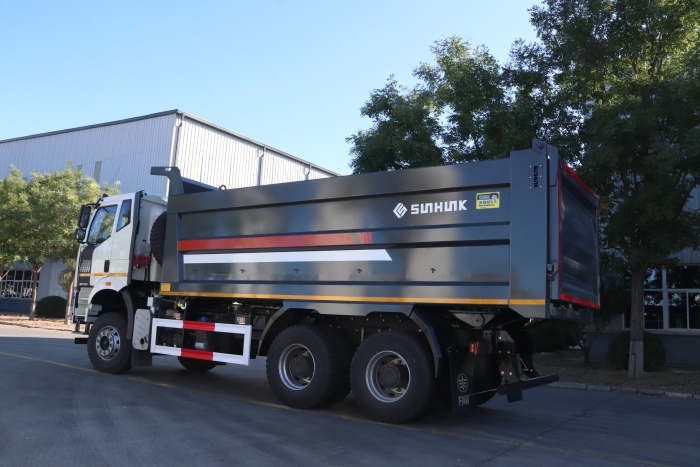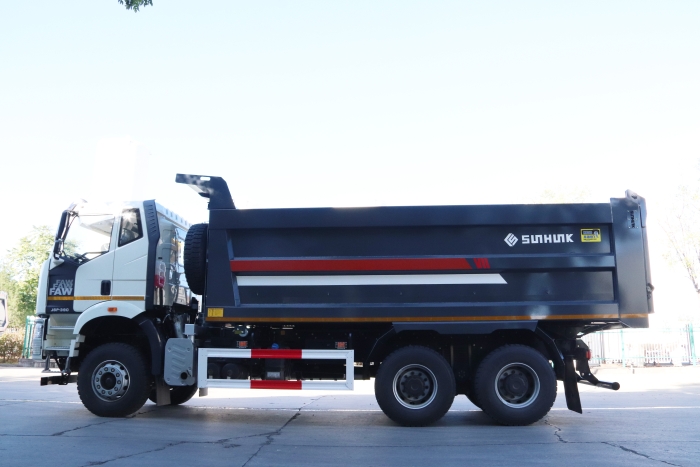- PRODUCTS
- SOLUTION
- SERVICE
- NEWS
- ABOUT US
Ensure proper hitch alignment, use spotter assistance, double-check locking mechanism, maintain level trailer position, inspect safety chains.
The most straightforward way to connect the trailer involves asking your friend to help. However, you should ensure your friend is an experienced driver or a tow operator, familiar with towing a trailer. Generally, your friend should have an experience in the towing area, as the person might provide you with significant support.
You will need first to position your car for the hookup. The best way to connect the car and the t6railer is to make sure vehicle and trailer are aligned in a straight line, which makes it easier to back up toward the coupler.
As soon as you get closer to the trailer tongue, stop your vehicle and adjust the height of the trailer u-haul to make sure it will clear the trailer ball, as soon as you back up. You are required to lower the u-haul so it will be a few inches above the ball.
You are required to back vehicle slowly, making the friend guiding you back up. Ensure your vehicles are appropriately aligned as well; the task may require that you to adjust driving forward and back several times.
At the moment as they are aligned, jack the trailer to make the u-haul drops on the coupler ball. Notch the coupler so that it can drop onto the ball, and in case the latch is the lock, it is required to be gently lowered onto the ball.
Finally, lock the coupler so that the ball can be locked with a rubber coated safety pin or lock. Lastly, test the trailer taillights to ensure everything’s working properly, including the turn signals, brake lights, and running lights.

First, it is vital to align your car properly in the position of the trailer hookup. Ensure that your car is straight with the setup of the trailer, and it’ll be easier to approach and make a straight reverse plan towards the coupler.
Having someone that you trust to assist your hookup process is invaluable. The guide will direct you on where to turn, the best approach angle, and help you navigate tricky hookups. The guide’s instructions must be loud and clear to ensure that there is no troublesome communication. Here you must agree on the signals to be used, for instance, deciding that when the guide gives a thumbs up, you must make a turn in the opposite direction.
It would be best if you were very careful when you start making slow reverse movements. It must be carefully guided to ensure it align perfectly with the trailer hitch. The guide must be standing either on the side of the car with an excellent vision of the trailer coupler to help you align your car properly.
It may not be possible to make a proper connection on your first attempt. Take your time and adjust your vehicle backward or forward to make the right fit. This will be very helpful in making her the most stable and upright connection to the trailer, and all the safety chains and electric brakes wires are as far as required from the pavement.
Adjust your car until the trailer coupler and the trailer ball fit together perfectly. Put some weight on the coupler by lowering the trailer hitch. Connect the coupler by putting the latch down until it is properly closed. Use a lock or a safety pin for more security of the latch. You must do a final checkup of the trailer lights to ensure they are connected before leaving.
Adjust and raise coupler
Before starting the process of hooking up, it is important to check the condition of the trailer jack and adjust it if needed . It might be required to use a lubricant to allow a smoother operation .
After positioning the vehicle on a level surface, it is necessary to slide the trailer jack under the trailer’s coupler carefully adjusting it . To ensure that the jack is in the correct place, it is needed to adjust its height so that it matches the level of the trailer’s tongue . Having the right level for placing the coupler on top of the trailer ball is required to make sure the connection is smooth and quick.
With the help of the handle of the trailer jack, the coupler can be raised or lowered as needed . In the majority of cases, it is recommended to take the coupler several inches above the trailer ball to ensure an effortless connection. It is also beneficial to make a quick visual inspection of the coupler and the ball to ensure there are no obstacles to connecting the trailer and the vehicle without damaging any of them
If the initial requirements are met, the locking mechanism of the coupler should be engaged, allowing it to latch onto the ball properly . It is also important to ensure that the latch is securely closed so the trailer cannot disconnect while driving.
Before lowering the trailer jack, it is important to make a final visual verify of the coupler’s level to make sure it is ready for connection.
Irrespective of the method of hooking up, you are going to be employing; it is important for you to have set a clear way of communication with your assistance. Agree on the signals that you are going to be using to communicate to you that you should be turning left or right, and when to stop.
Shifting your vehicle into reverse gear will be necessary when your assistant directs you to start backing up your vehicle. Proceed with the maneuver at a respectable pace and listen carefully to the instructions, as issued to you, by your helper.
You have to understand that the rear-view mirrors will be playing an important role at this step. Your task will be to ensure that the connection point is in perfect alignment. Your vehicle’s mirrors will provide you with information concerning the position that the trailer coupler is in. If it is deviating too far from the required position, steer your wheel in the opposite direction. Make sure to straighten the vehicle when aligning the couplings and allowance that are within the coupling.
When the alignment between the two couplings is noticeably off, you should not hesitate to make steering wheel changes. Take it slow and do not rush, for oversteering might make you to start turning in the wrong direction.
There is still the need for you to ascertain that everything is in the right position, before you actually reverse. Make sure they perfectly align or there are good chances of a jarring happening.
To connect a trailer to a vehicle, the following steps need to be taken:
Positioning the vehicle and trailer. The vehicle and trailer should be on level ground to avoid any potential misalignment during the coupling process. In addition, the trailer’s hitch height should match the vehicle hitch height as specified .
Align the coupler and ball. The vehicle should be backed up slowly until the ball hitch is aligned with the coupler at the trailer’s tongue. If necessary, a spotter can be used to ensure the precision of the alignment.
Lowering of the coupler onto the ball. A tongue jack is used to lower the coupler onto the trailer’s coupled ball. The jack handle is then gradually cranked to lower the coupler while maintaining an alignment with the ball.
Verification of the engagement. The coupler must fully encompass the ball to avoid any accidental detachment. The engagement can be verified by lifting the trailer tongue slightly. The trailer should not detach from the vehicle in this case.
Coupler securing. A locking mechanism or a pin is supplied with the trailer, which needs to be inserted to prevent the coupler from disengaging. Afterwards, the locking mechanism should be positively checked and left safely locked.
Connection testing. First, the trailer brake should be used to prevent the coupler from detachment. In addition, a gentle tug on the trailer should ensure that it does not detach from the vehicle.
Safety chains attaching. The safety chains on the trailer should be linked to the vehicle’s hitch while the chains are crossed under the trailer’s tongue . The safety chains should be of appropriate length and the adequate strength to bear any potential forces.
Final checks. All connections should be visually verified, and all attachments, including the ball hitch and the coupler, should be checked for any damages. Finally, all lights and signals on the trailer should be verified.

Put the trailer hitch in position directly in front of the vehicle’s hitch receiver. Both of them should be on a level surface to ensure that the trailer is not tilted and does not cause problems when moving.
Locate the safety chains as they are the most essential items to use for towing. Most trailers have two safety chains on the trailer, and they are already mounted on the trailer’s frame. One chain is first to be applied on the vehicle, and the other one is positioned to form an “X shape when put under the hitch. The X formation of the two chains attached to the trailer forms a cradle that would help to prevent the tongue from sticking to the ground in the event of disconnection.
Right hooks or fasteners place the two chains to the car or into the car’s hitch receiver. The chains must be free of contamination, twisting, or even overlapping that would have a significant impact on their connection. The two chains should be close to the exact length when pulling the trailer and the vehicle, but they may pull you at different speeds or in different directions.
Firstly, pull the trailer first and remove it as well. It would help to ensure that the car hitch is properly connected with strong chains that can lift and carry the trailer’s weight. Secondly, look for unusual movement or play between the trailer hitch and the vehicle’s hitch receiver as it could be a sign that the trailer is not tied properly. Lastly, check visually that the hitch receiver’s point of attachment to the car looks good and undisputed, and replace it with a new chain that looks worn.